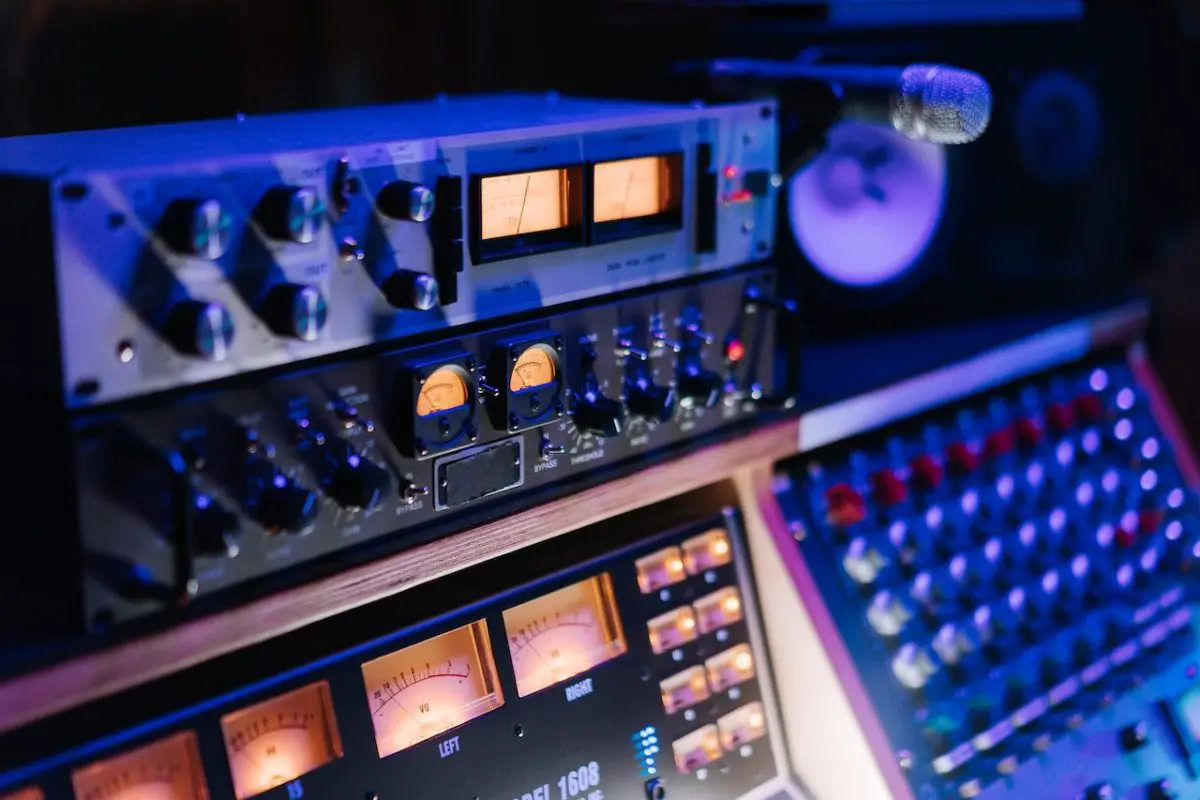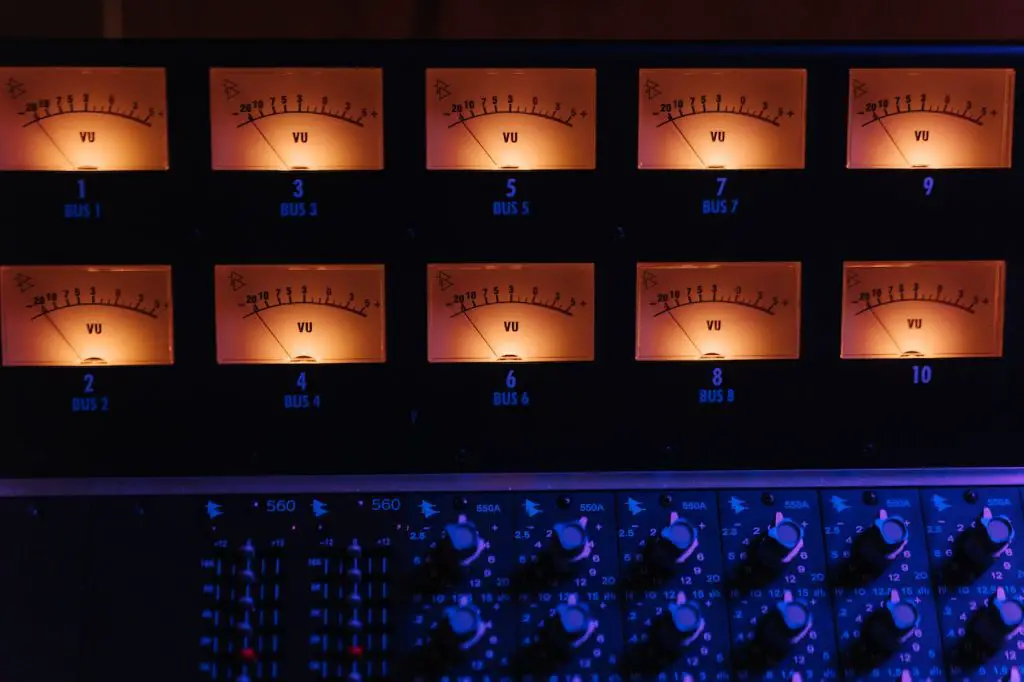Sound is an integral part of our daily lives, whether it’s the soothing rhythm of music, the hustle, and bustle of a crowded city, or the calming sounds of nature. But have you ever wondered how we measure and quantify the intensity of sound? Enter decibels, the unit of measurement that provides a way to express the loudness or intensity of sound waves.
In this blog post, we’ll dive into the world of decibels and explore what they are, how they are calculated, and why they matter. Whether you’re a curious individual seeking to expand your knowledge or a professional working in fields like audio engineering, understanding decibels is crucial to comprehending and managing sound effectively.
What are decibels? The decibel scale is used to rate sound intensity. It might also be said that they evaluate the volume of a sound. A larger amplitude means a louder sound. The unit of measure for decibels is the dB.
What is a decibel?
The decibel scale (dB) measures a sound’s loudness. The decibel range and resolution of a sound meter display may be similar to the dynamic range of the human ear but usually only in the louder range.

It will take a lot of work to keep track of the 14 numbers that change in front of you. The decibel scale is not linear. Instead, it is a logarithmic scale with a base of 10. This makes it easier to express sound levels in amounts that are easier to understand.
And considering the variety of noise sources that need to be monitored in a typical workplace, you can see why making a sound level meter with linear performance would be challenging.
AKAI Professional MPK Mini MK3

AKAI Professional MPK Mini MK3
How are decibels used in recording equipment?
Decibels are used in recording studios, especially on the level meters found on your DAW, audio interface, and other studio equipment. A level meter reads 0 dBFS at its highest point (meaning 0 dB full scale). This is the maximum signal level the system can handle without causing distortion.
Below that, dBFS readings go more negative, eventually reaching – dBFS. Input levels for recording are often set between -15 dB and -6 dB; however, this varies greatly depending on who you ask. Overall, -10 dB is a reasonable middle ground.
What decibel level is best for listening to music?
The ideal decibel level for listening to music is subjective and can vary depending on individual preferences, the listening environment, and the type of music being played. However, it’s important to consider the potential impact of excessive volume on your hearing health.
To provide a general guideline, many experts recommend keeping the volume level at around 60-85 decibels (dB) for prolonged listening sessions. This range allows you to enjoy the music without risking long-term damage to your ears.
To put it into perspective, a normal conversation typically registers around 60 dB, while a busy city street can reach around 85 dB. It’s worth noting that prolonged exposure to sounds above 85 dB can potentially lead to hearing loss over time.
prolonged exposure to sounds above 85 dB can potentially lead to hearing loss over time…
Different audio devices, such as headphones or speakers, have different maximum output levels. It’s crucial to be mindful of the volume control and adjust it accordingly to maintain a comfortable listening experience. Additionally, taking breaks and allowing your ears some rest is essential to prevent fatigue and minimize the risk of damage.
Ultimately, it’s a personal choice to find the right balance between enjoying the music and protecting your hearing. Remember to listen at a volume that feels comfortable to you and be aware of any signs of strain or discomfort in your ears.

Tips for safe listening
It is important to ensure you listen to music with the right sound and volume. Here are a few tips to help prevent permanent hearing loss.
- Turn down the volume.
- Avoid placing yourself directly in proximity to the concert’s amplifiers and speakers.
- Use earplugs or earmuffs to prevent damage to your hearing.
- If you don’t have earplugs, protect your hearing by placing your hands over your ears.
If you want even more tips and insights, watch this video called “Decibels (dB) In Audio | The 5 Things You NEED To Know” from the Audio University YouTube channel.
Frequently asked questions (FAQ)
Do you still have questions? Below are some of the most commonly asked questions about decibels.
What is the normal dB level for music?
When listening to music, most people keep the volume between 75 dB and 105 dB. However, anything over 85 can do permanent hearing damage.
Are 100 decibels loud for music?
Compared to other loud or moderate decibel levels (up to 85 decibels), a decibel level of 100 is very loud and could harm human hearing. A rise of 10 decibels (dB) in a sound level indicator is equivalent to a multiplication by 10.
What are sones?
A sone is a unit of measurement used to identify the loudness of an appliance or ventilation device.
Conclusion
So, what dB levels do you prefer when playing music? And did I cover everything you wanted to know? Let me know in the comments section below (I read and reply to every comment). If you found this article helpful, share it with a friend, and check out my full blog for more tips and tricks on music production. Thanks for reading, and never stop making music.
Key takeaways
- The decibel scale measures how loud a sound is.
- Decibels are used to quantify sound intensity in the context of music.
- The decibel scale is based on a logarithm with base ten.
- Loud noise is very damaging to hearing.
- Using the logarithm of the bel, we can get the power ratio in decibels (remember that the bel compares values to a ratio of 10 to 1).
So, what dB levels do you prefer when playing music? And did I cover everything you wanted to know? Let me know in the comments section below (I read and reply to every comment). If you found this article helpful, share it with a friend, and check out my full blog for more tips and tricks on music production. Thanks for reading, and never stop making music.















